When it comes to Tea sets, there is actually a lot of consideration in using them to Brew tea leaves, and even the placement of tea sets has its own rules. Coffee tables became popular furniture in China after the Qing dynasty. From Ming dynasty paintings, we can see that incense tables had the function of coffee tables, but it was not until the Qing dynasty that the coffee table separated from the incense table and evolved into an independent new type of furniture.
Generally speaking, coffee tables are shorter, some even made in two tiers, which makes them easier to distinguish from incense tables. In the Qing dynasty, coffee tables were rarely placed separately, often placed between a pair of armchairs, arranged in sets on both sides of the hall. Since they were used in sets between chairs, their form, decoration, tabletop inlays, materials, and colors mostly followed the style of the chairs.
Different shapes, materials, and colors of coffee tables represent different elements of the Five Phases and connotations, forming an important landscape in the feng shui of the reception room.
I. Placement of Coffee Tables
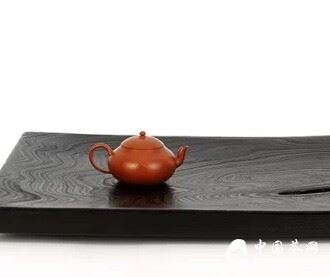
When choosing a coffee table, it is preferable to have one that is low and flat. If a person is sitting on a sofa, the coffee table should not be higher than the knee, making it ideal. Additionally, there must be sufficient space between the sofa and the coffee table placed in front of it; if the distance is too close, it would be inconvenient.
(1) The arrangement of tea sets should be well-planned, practical, and beautiful, paying attention to layers and line variations. Placing exquisite tea sets can bring elegance and leisure to the living space.
(2) When placing Teapots and cups, order is required, with balance on both sides, and as much as possible, there should be no obstruction.
(3) If there is obstruction, then arrange them from low to high, placing lower items such as cups at the forefront of guests' line of sight.
II. Position of the Coffee Table
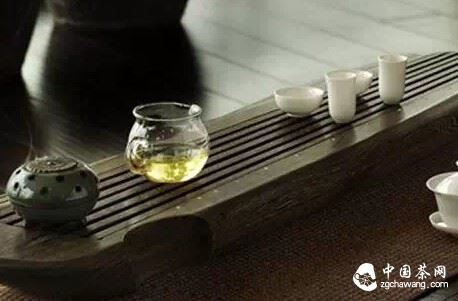
In the living room, coffee tables are usually placed next to or in front of sofas.
III. Shape of the Coffee Table
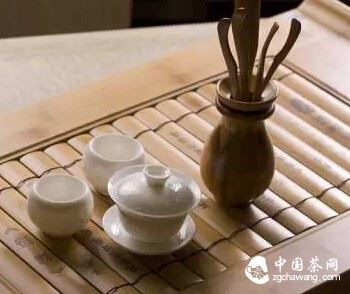
The shape of a coffee table is most ideally rectangular or oval, round ones are also acceptable; coffee tables with sharp corners should definitely be avoided. Some young people like uniquely shaped coffee tables, but from a feng shui perspective, overly unique shapes are not ideal choices.
IV. Size of the Coffee Table
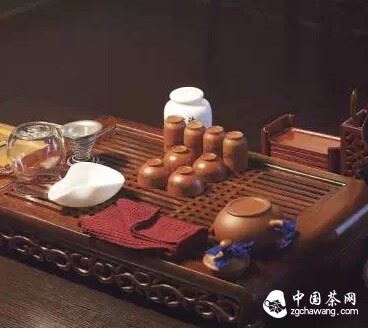
Undoubtedly, the sofa is the main element, while the coffee table is secondary; the sofa, being taller, represents mountains, while the coffee table, being lower, represents water. The two must complement each other, and mountains and water should have harmony, in accordance with feng shui principles. The sofa is the main element and should be tall and large, while the coffee table is secondary and should be short and small. If the coffee table's area is too large, it would overpower the main element, which is not a good omen. Therefore, a coffee table placed in front of a sofa should not be too large. If the coffee table in front of the sofa is too large, this creates a pattern where the secondary element overpowers the main element, which should be avoided if possible. The simplest solution is to replace it with a smaller coffee table, ensuring that the main and secondary elements harmonize, which will not only avoid being unsightly but also comply with feng shui principles.
V. Color of the Coffee Table
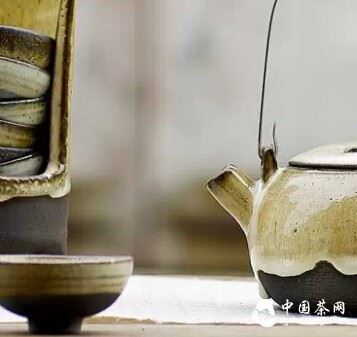
The choice of color for the coffee table is best when it matches the host's preferred elements according to their destiny, which can help improve their fortune. For example, those whose destiny favors wood may choose green series coffee tables; those whose destiny favors fire may choose red or purple series coffee tables; those whose destiny favors water may choose black or blue series colors; those whose destiny favors metal may choose white series; and those whose destiny favors earth may choose yellow or earthy yellow series.
VI. Material of the Coffee Table
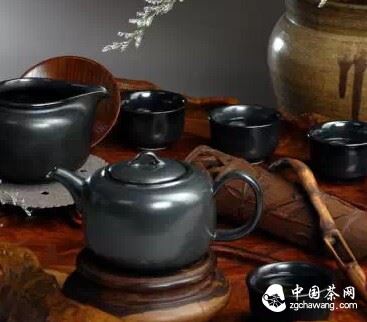
Based on the relationship between the host's preferred elements according to their destiny and their industry, the following choices can be made:
Those engaged in creative design and performance industries are suitable for wooden coffee tables; those in politics and finance are suitable for glass coffee tables; those in logistics and foreign trade are suitable for copper coffee tables; those in education and beauty industries are suitable for wicker coffee tables; and those in real estate, catering, and medicine are suitable for plastic coffee tables. People also commonly choose stone or wood coffee tables, symbolizing stability and power to improve luck, and place them in the northwest corner to strengthen the owner's career foundation.